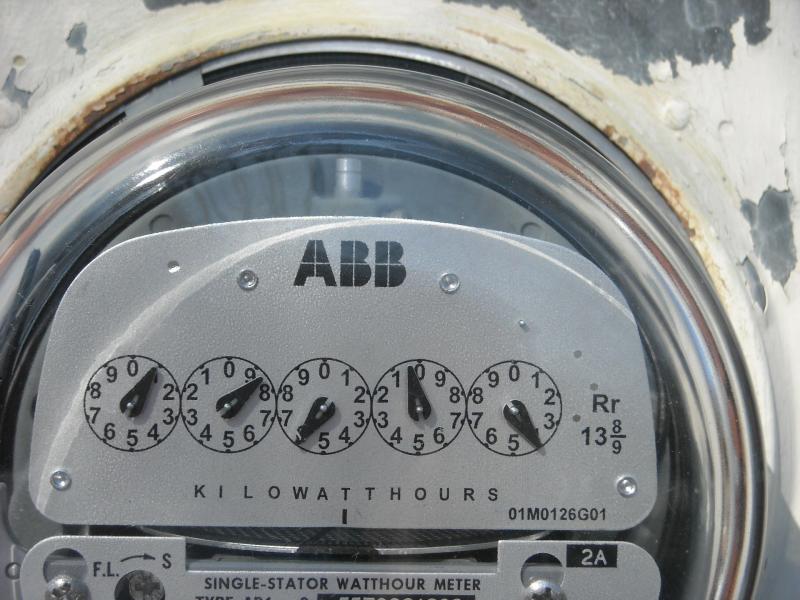
Improving home energy efficiency should be a goal that we all share. Even if you don't care about reducing your impact on the environment (really?!), you surely care about reducing your energy bills. Of course, some homeowners might not know how to effectively reduce their energy footprint beyond simply using energy-draining devices less often. Keep reading for a brief guide explaining some of the easiest and most impactful ways to make your home a little more green!
Consider a home energy audit
If you're serious about taking your energy efficiency to the next level, then you might want to start the process with a professional home energy assessment (AKA energy audit). During this inspection, a skilled evaluator will examine your home from top to bottom to determine where the areas of greatest energy loss are located. For example, the audit may reveal that air is escaping the home through a warped exterior door or an incorrectly installed window. The cost of the audit varies depending on the specific service and the size of your home, but typically sets you back a few hundred dollars. Don't worry too much about the price, as you should be able to easily recoup that money by acting upon the energy issues it reveals.
Stop unwanted air flow
One of the most energy-intense activities in any home is cooling the interior during the summer and heating it during the winter. Any air flow that acts counter to these goals can therefore burn through huge amounts of excess energy. You can greatly improve the efficiency of your HVAC systems by adding insulation to exterior walls and sealing any openings or cracks in ducts, window and door frames, and exterior walls (such as where pipes enter the house). You should also consider a smart thermostat, which will tailor your heating and cooling according to your schedule.
Replace old appliances and fixtures
Outdated toilets, washing machines, and dishwashers unnecessarily dump massive amounts of water (and money) down the drain. Replacing all of these items can save you hundreds of dollars per year in water bills.
Switch to LEDs ASAP
If you are still using incandescent light bulbs, then you are quite literally burning through electricity. Incandescent bulbs get hot as electricity runs through the filament inside the bulb, and that heat both wastes energy and causes the bulb to burn out quickly. Replace all of your traditional bulbs with LED bulbs to reap huge energy and time savings (in the form of fewer bulb changes). Yes, LEDs cost more up front, but they easily pay for themselves by lasting much longer and using much less electricity for the same amount of light.
These are just a few tips that can greatly improve your home's energy efficiency. For more great information about home energy audits and energy-saving strategies, watch the short video below from the U.S. Department of Energy!

